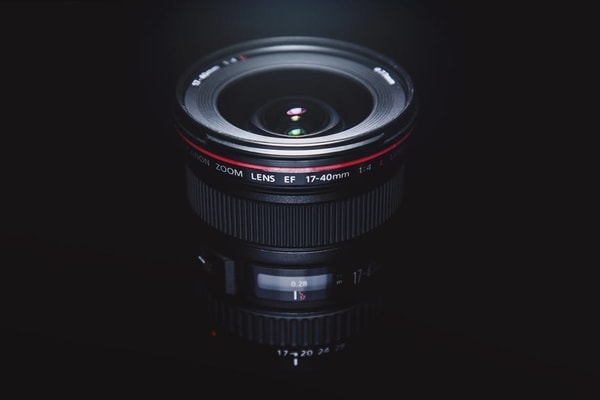
There are so many options when it comes to purchasing a lens for your digital camera. The sheer number of features is enough to make anyone want to give up from decision overload and end up using their iPhone instead. Depending on what you’re doing, dedicated cameras are still worth it. And they will produce high-quality photos that sometimes your iPhone can’t with some of their fancy sensors. Once you know what you’re looking for, however, it will be easier to figure out what type of lens you actually need. Let us help you understand the jargon associated with lenses.
Aperture
The aperture on a camera lens functions much like your pupils, opening in accordance with how much light you want to hit the camera’s sensor. Your camera lens’ maximum aperture number, measured in “f-numbers” or “f-stops,” is usually indicated in the same manner on every lens. The aperture range can vary anywhere from f/1.0 to f/22 depending on the lens. You’ll find variations in the presentation—sometimes f/2.8 is shown as “ 1:2.8,” for example— but the numbers indicate the same thing: the maximum aperture of your lens.
The lower the number (f/1.8, for example), the wider the opening, and the more light your lens lets in. Lenses with low apertures (which allow for more light to hit the sensor) also produce a blurred effect, which is perfect for portraits. If you’re using a zoom lens, you’ll instead see a maximum aperture range, like f/3.5-4.5. The two aperture numbers represent the largest aperture available at your camera’s zoom range. The more you zoom in, the smaller your maximum aperture (leading to that higher 4.5 aperture number).
Focal Length
A camera lens’ focal length (the distance from the lens’ most focused image to the camera’s sensor itself) is written in millimeters. Lenses that lack zoom functionality (like a portrait lens with a fixed focal length of 35mm) have a single focal length, while zoom lenses use two numbers (like 18-55mm) to indicate the range of a lens’ focal length. The smaller the focal length, the more of your subject you’ll be able to capture in a photograph.
Lens Diameter
You can use filters on your camera lens to reduce glare or filter out colors to achieve some cool effects. For that, you’ll need to know the lens diameter. It’s measured in millimeters, just like a camera’s focal length, and can be found next to the ø symbol, which represents diameter. The lens diameter is more often than not on the front of the camera lens or engraved on the side near the top, where you’d screw on your lens filter.
Automatic or Manual Focus
Automatic focus lets you keep your subject in focus without manually adjusting the camera’s depth of field yourself. If you see a lens with a switch labeled “AF/MF,” that means you’ll be able to quickly enable the feature—or disable, if you’re going for a particular look in your photographs, or want more control over the image’s depth of field in a controlled environment like a studio.



